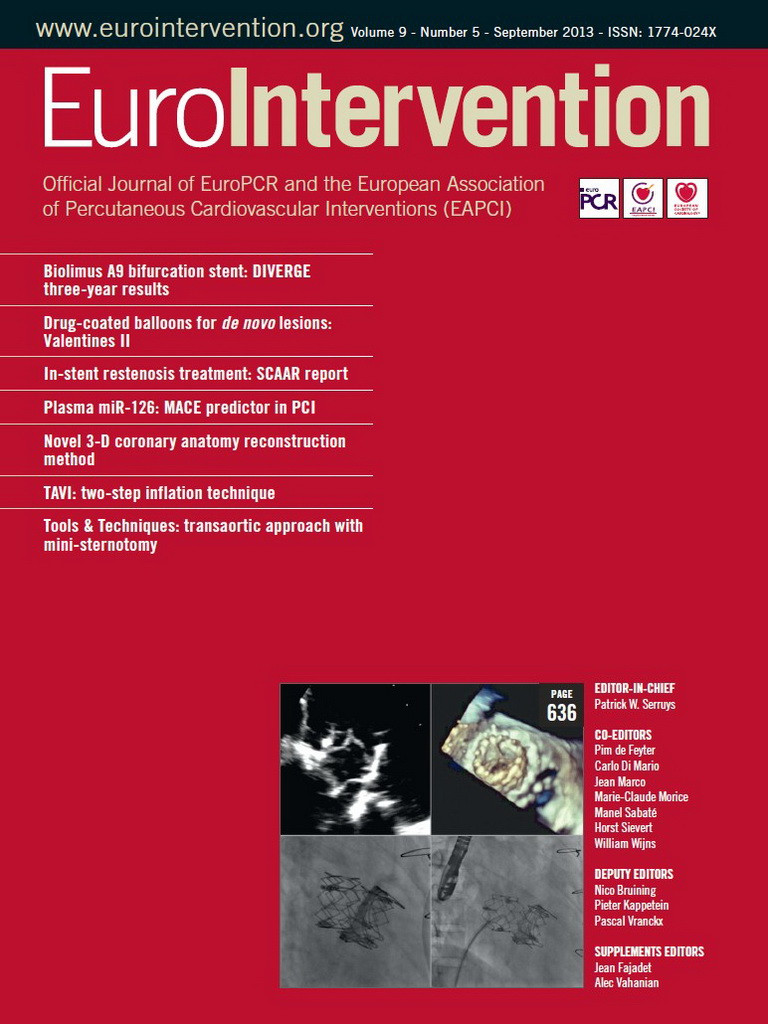MicroRNAs (miRNAs) are a class of endogenous, small, non-coding RNAs that regulate expression of the protein coding genes via degradation or translational inhibition of their target messenger RNAs (mRNAs)1. miRNA is initially transcribed in the nucleus to form a large pri-miRNA. Then, the pri-miRNA will be processed in the nucleus into a 70-nucleotide pre-miRNA. After that, the pre-miRNA will enter the cytoplasm to form an 18- to 24-nucleotide (nt) mature miRNA. The first miRNA, lin-4, was discovered in Caenorhabditis elegans in 19932,3. However, the presence of miRNAs in vertebrates was not confirmed until 20014. Currently, more than 700 miRNAs have been cloned and sequenced in humans5, and the estimated number of miRNA genes is as high as 1,000 in the human genome6. It is believed that miRNAs may directly regulate at least 30% of the genes in a cell7 and indirectly regulate the other 70%; so it would not be surprising that miRNAs are involved in the regulation of almost all major cellular functions, such as cell differentiation, proliferation, migration, and apoptosis. Accordingly, miRNAs could be the pivotal regulators in normal development and physiology, as well as disease states including cancer and cardiovascular diseases.
miRNAs are highly expressed in the cardiovascular system. The studies from our group and others have demonstrated that miRNAs may play important roles in cardiovascular biology and cardiovascular diseases8-11. First, genetic modulation of miRNAs affects the development of the cardiovascular system. Second, miRNAs are aberrantly expressed in the diseased cardiovascular system both in animal models and in human tissues. Third, modulation of miRNAs by the pharmacological approach and genetic method has strong effects on cardiovascular diseases. More importantly, different cells and tissues in the cardiovascular system have their own unique expression profiles or signatures of miRNAs. The tissue-specific expression characteristic of miRNA expression suggests that different cardiovascular diseases may have different expression profiles of miRNAs. Thus, miRNAs are not only new therapeutic targets, but also novel biomarkers for cardiovascular diseases.
Recent studies from us and other groups have demonstrated that miRNAs, once thought to exist only within cells, are able to be exported from cells12,13. miRNAs are found in many body fluids, including circulating blood. Moreover, the extracellular miRNAs are stable due to binding with microparticles. More recently, circulating cell-free (serum or plasma) miRNAs have been proven to be novel biomarkers for cardiovascular diseases such as acute myocardial infarction (AMI). Indeed, infarcted hearts could release cardiac-specific/enriched miRNAs such as miR-1 and miR-208 into circulating blood. The increased serum levels of these miRNAs could therefore be used as new diagnostic biomarkers for heart damage.
Percutaneous coronary intervention (PCI) with stents is currently the most commonly performed coronary revascularisation procedure. However, PCI could cause mechanical endovascular injury, which may result in activation and aggregation of platelets and thrombus formation, and later neointimal hyperplasia, and in-stent restenosis (ISR). Although standard medications, including dual antiplatelet treatment of clopidogrel and aspirin, are applied, some patients are still at high risk of bleeding events and major adverse cardiac events, such as cardiac death, non-fatal myocardial infarction (MI), stent thrombosis, and ischaemic stroke. Therefore, intensive biomarker research and clinical validation are critically important for an effective monitoring of therapeutic efforts.
miRNAs as biomarkers to predict major adverse cardiac events after PCI is an unexplored research area. In this issue, Yu et al reported a study entitled “Plasma miR-126 as a potential marker predicting major adverse cardiac events in dual antiplatelet-treated patients after percutaneous coronary intervention”14. They determined the association of plasma levels of miR-16, miR-21, miR-126, miR-26b, and miR-223 with the risk of clinical outcomes in 491 dual antiplatelet-treated patients after PCI. All five candidate miRNAs were enriched in both platelets and endothelial cells. Multivariable Cox regression analysis showed that a higher plasma miR-126 level was an independent risk factor for major adverse cardiac events during one-year follow-up. Antiplatelet treatments could inhibit the release of miR-126 as demonstrated by recent studies15,16. Thus, the serum levels of miR-126 may reflect the efficacy of the antiplatelet therapy. In addition, miR-126 also plays an important role in endothelial cell functions and may reflect the endothelial cell injury during PCI. They did not find any association between the levels of five plasma miRNAs with bleeding events during six-month follow-up. Based on my knowledge, it is the first study to use miRNAs as biomarkers to predict major adverse cardiac events and the therapeutic effects of drugs after PCI. The study is very interesting and is very important for interventional cardiology.
It is unclear why other platelet-enriched miRNAs such as miR-223 and miR-16 are not independent risk factors for major adverse cardiac events, although they may have similar responses to antiplatelet therapy. In addition, other serum miRNAs should also be determined to improve the diagnostic value by using multiple serum miRNAs or serum miRNA signatures. It should be noted that the sample size is relatively small to achieve adequate power. A larger sample size, multicentre, prospective study should be performed in the future. Nevertheless, the study by Yu et al provides a basis for future efforts to develop plasma miRNA-based assays to predict adverse cardiovascular response to PCI in interventional cardiology. It is becoming increasingly clear that we as interventionalists should be aware of miRNAs.
Conflict of interest statement
The author has no conflicts of interest to declare.

